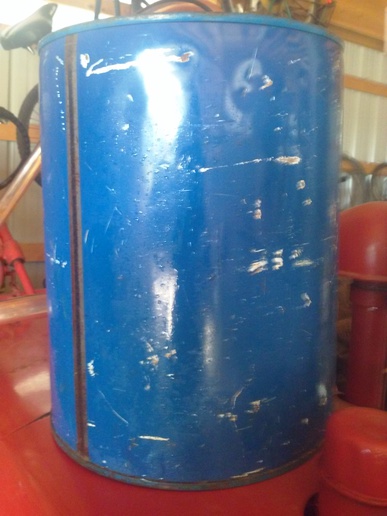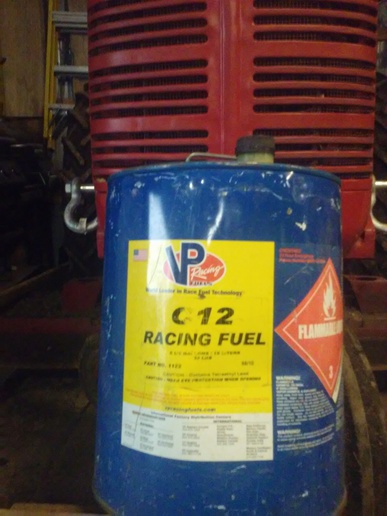Geo-TH,In
Well-known Member
Two days ago we had a 5 degree morning. Yesterday, 36 hours later, temp was 45 when I put some gas in tractor. If you look closely, the gas can is covered with condensation.
Got me to thinking, if condensation can occur on the outside of a metal can, can condensation occur inside the gas tank? If so, is this the reason for gas line freezing?
I only noticed condensation on the gas can. Everything inside the pole barn was dry, even the metal sides.

Got me to thinking, if condensation can occur on the outside of a metal can, can condensation occur inside the gas tank? If so, is this the reason for gas line freezing?
I only noticed condensation on the gas can. Everything inside the pole barn was dry, even the metal sides.



